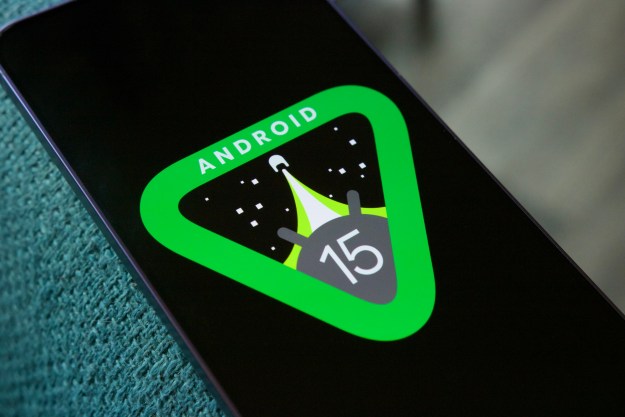Over the last five years Android has grown from humble beginnings to become the most popular mobile platform on the planet. There are over 1 billion Android devices out there. Google’s OS has found a home in all sorts of unlikely places, but the possibilities are far from exhausted. Here are five places that Android could, and probably should, go next.
The All Access shower

Those of us in colder climes (I think I speak for all of us here) demand an Android shower. Picture yourself tapping away on your smartphone before you risk exposing so much as a toe to the world beyond your duvet. The shower fires up by remote control and the stereo speakers begin emitting a tempting medley of your favorite tunes, while the 10-inch display prepares your morning news. Now that’s worth rolling out of bed for.
The smart toilet

The space in front of you

Navigating complex menus could be much faster without several layers of depth. Visualizing just about anything would be easier, and interacting with it would be more fun. Google Glass is a first step toward this, having a projector that just fires onto your eye also solves the privacy problem over something that projects in front of you, but there’s a long way to go.
Google Now running your house

An Android house would cater to your every whim before you even know what you want. If you put it all together then having Android in your TV, your fridge, your toilet, and everything else starts to make some sense. Your Android house sees that you’ve gotten hooked by your current game, so rather than burn your dinner, it warns you, or just turns the heat down itself. It knows that you always take a shower after working out, so the shower fires up automatically. As long as it doesn’t go Hal on you, this sounds like heaven.
Android on the brain

Gibson’s Neuromancer looks less like sci-fi every day. People are already getting RFID chips implanted in their bodies. Mind controlled devices are being pursued to enrich the lives of the disabled and the elderly. How long before we embrace our inevitable cyborg future? Combine a chip in the brain with an Iron Man suit. Now you’re really talking.
Where would you like to see Android go next?
(Lead image courtesy of Shutterstock/Sebastian Kaulitzki)
Editors' Recommendations
- Google has a magical new way for you to control your Android phone
- Google just announced 10 huge updates for your Android phone
- Android is getting an AI overhaul. Here’s what it looks like
- Android phones are about to get a major iMessage feature
- Every Android tablet we’re expecting in 2024


